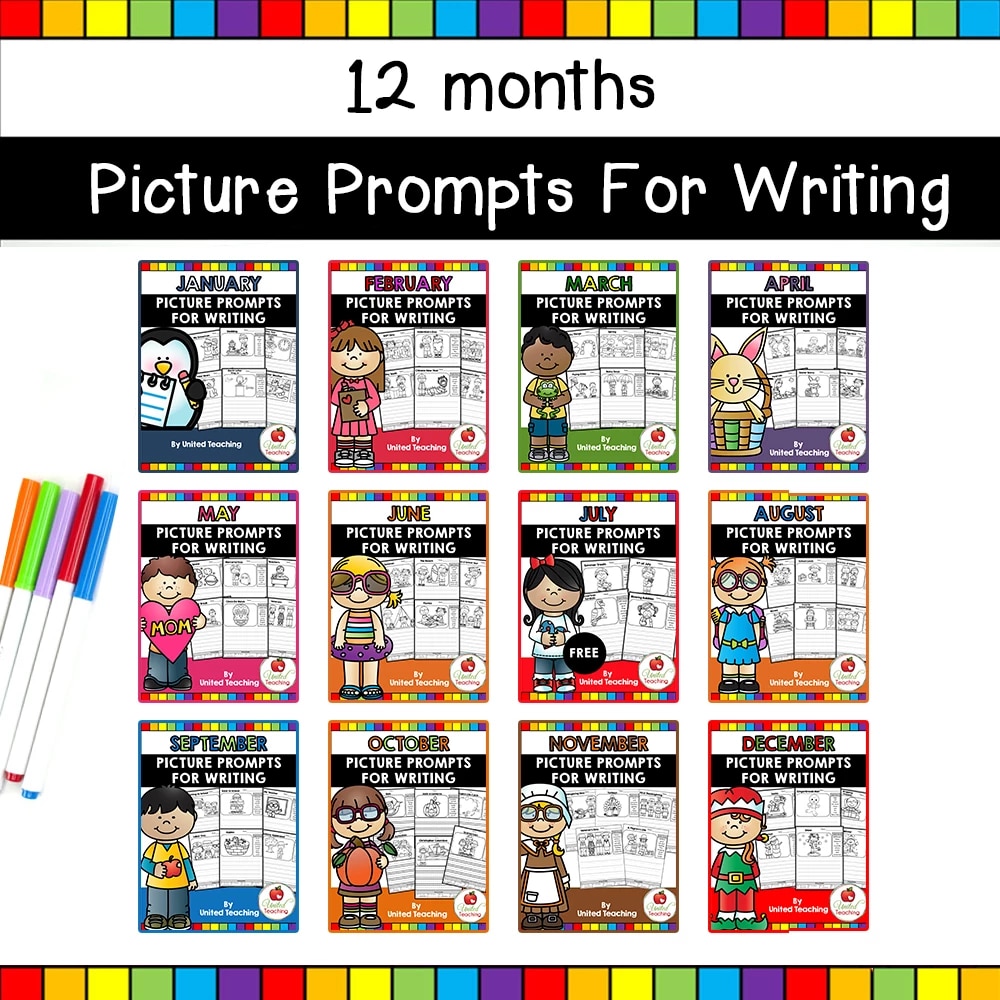
A strategy that helps people and teams adapt in the face of change is called Change Management. When it is implemented correctly, it assists organizations in achieving their goals while minimizing the negative effects. This includes communication, planning, and training. It's crucial to have a solid, integrated and proactive plan for managing change. Your success with your change initiatives is dependent on the effectiveness of your communication.
It can take time to implement major organizational changes. It depends on the change. These could include rebranding and adding or eliminating products, introducing new technologies or replacing staff. Change can also have financial and logistical risks. No matter what kind of change you are implementing, an effective strategy can minimize the impact on employees. Ensure that your approach is well-planned and includes a road map for tackling resistance.
Change management involves defining corporate strategies and procedures, as well as managing people and resources. To reduce disruption, improve innovation and increase morale, organizations can use a structured approach to change management. Employers should collaborate with HR to identify key performance indicator and create a roadmap for change. Additionally, it is important to create a change strategy that evaluates the impact of changes on systems and processes.

Employee resistance is the biggest obstacle to major changes. Employees may be unwilling to adapt, have limited skills, or lack behavioral traits that are necessary to succeed. It doesn't matter if the resistance is external or internal, it can adversely affect productivity. Employers can overcome this resistance by building trust between employees and managers. However, employers should not underestimate how much resistance can occur.
For effective change management, leaders must actively support the change. For this, they must make it clear why the change is needed and how it will benefit the organization. They should also be open to receiving feedback from their team, and allow for time to reflect before they deliver the message. They should celebrate any positive change that is made and start to make it a habit.
Some of the most effective changes are the ones that are easy to implement. This is because employees are more likely to trust information from their managers. This is because they are more focused on the overall picture than the details.
Changes can be difficult to manage, especially if they involve a large number of stakeholders and require the involvement of different departments. To achieve a common goal and to foster trust through joint actions, it is essential to form a guiding alliance. These collaborations can help to support early successes and provide structure to deal with resistance.

You can use multiple communication channels as part of a guiding alliance to spread the word about your change. To let employees know the change, you can either email them, publish articles on your site, or use social networks. Make sure your messages align with the culture within your organization. Resistance can be quelled by making your message consistent and simple.
FAQ
What Are Some Tips for Making Friends in Midlife?
It can be difficult to make friends in middle age, but it is possible. It is important to be open and willing to take initiative. These tips will help you get started.
-
Participate in classes or join clubs you are interested in - it's a great place to meet likeminded people and build meaningful relationships with them.
-
Reach out and touch people you know.
-
Participate in activities. Volunteer for causes important to you. Attend events that interest or organize.
-
Connect with other people through online communities
-
Ask questions and really listen - when you're talking to someone, ask questions and really listen to the answers. This will help you get a better understanding of the other person.
-
Sharing stories from your personal life can help you bond and foster a deeper level understanding between the two of them.
-
Be open to new opportunities - don't be afraid to try something new and step outside of your comfort zone. This can help you meet new people, and make new friends.
-
Be persistent - making friends takes effort. Don't lose heart if it doesn’t happen immediately. Put yourself out there, and eventually you will meet the right people.
What words should you use to pick up a girl
Flirting is about confidence, personality and charm. Flirting is about more than the words you use. It's about how you make her feel.
If your goal is to get her attention, you need to be witty and playful while making sure not to make things too intense - focus on smiles, thoughtful compliments, and light-hearted conversations to break the ice.
Innuendos and puns are a great way to showcase your humor.
You need to be comfortable together in all situations. Keep it natural and don’t rush. Being sincere and kind will bring out the best in her, and it will also create positive energy that will keep your conversation fresh no matter what happens.
How do you pick-up a conversation?
When it comes to initiating a conversation, you have to be willing to take the plunge. Don't hesitate or you will lose the opportunity.
You can think of some ice-breakers that fit the context, and let your personality shine through.
Use an engaging story to break down barriers or ask a question that provokes thought. Or you could just be direct and introduce your self.
Be sure to show genuine interest in your interlocutor and actively encourage them to continue talking by demonstrating active listening and responding warmly with natural flow responses.
Keep the conversation positive and open-minded, regardless of the bumps in the road.
However, rigourous questions can help advance discourse but it should be done sensibly so that people are not put on edge or led down untraversed tracks.
When you start interacting with someone, remember to use good body language. Smiling, keeping eye contact and leaning forward all can project confidence.
What topics could you use to keep the conversation going in your community?
Find topics that both parties can relate and it will be easier to maintain a conversation. Ask questions about your hobbies or discuss current events. If you're stuck for ideas, try asking "what was the last book you read" or "what do you think of that new movie everyone 's talking about?"
You will have a much better conversation if you find something that you are both passionate about. You could also try asking open-ended questions that allow your conversational partner to give their opinion or share a story.
Talk about shared experiences like travel or shared interests such as music, art or food. If you are having trouble finding something to talk about with your conversational partner, ask them questions about their lives: where did they grow up, how their families are, and what their dream job would look like.
Remember to bring humor to the conversation. A few jokes or funny stories can lighten the mood and make it easier for both of you to open up and have an enjoyable conversation.
Why making friends in midlife is so difficult
Midlife friendship is tricky. It's a completely different experience from making friends in childhood or college.
The stakes seem higher and the odds for success are more daunting. It involves taking risks, being vulnerable, as well as getting comfortable with the discomfort of feeling uncomfortable.
It is a way to expose yourself without any guarantee of anyone joining you. Last-minute cancellations are not an option when your social calendar looks sparse.
You might have recently moved or are too busy caring for your house and working to socialize. When you are forced to choose between your self-care, or seemingly irresponsible behavior, it can cause a great deal of guilt.
You may also be afraid that others won't like you, or that they will evaluate your friendship by how much you speak. It's almost as if everyone has their own clique, and we don’t fit in.
To make friends in midlife requires courage, determination, and hard work if we want to overcome all barriers and create meaningful relationships with others.
It's possible. You can start by joining clubs or participating in activities that interest you. This will enable you to meet other like-minded individuals and build friendships. You can also take classes, attend events, volunteer for causes that are important to you or join online communities where you can connect with people who share your interests.
Reaching out to friends you already know is another way to make new friends in your midlife. Maybe you have a colleague or neighbor who you'd like to get to know better or an old friend from high school that you haven't seen in years. Taking the initiative and making the first move can be scary but it will open up a whole new world of possibilities and friendships.
What Are Some Tips for Maintaining Midlife Friendships?
It is important to keep the relationships you made with new friends in your midlife years. Here are some ways to do it.
-
You must make time for friends.
-
Show your appreciation - let your friends know how much you appreciate them and the time you spend together.
-
Share your feelings with your loved ones and be sincere.
-
Listen to one another and ask questions.
-
Be supportive. Support your friends by being there when they need you.
-
Make plans with your partner - Plan activities you can do together, such as going out to dinner and seeing a film.
-
Respect each other’s boundaries.
-
Respect their opinions - even if you don't agree with your friends, respect their opinions and be open to different points of view.
-
Be understanding. It's okay to be kind and understanding with your friends who are going through tough times.
-
Have fun! Make sure to take the time for fun and enjoy one another's company.
-
Stay in touch, even if you aren't physically able to. Make an effort through email, phone calls and social media.
-
Celebrate special occasions - take the time to celebrate your friends' birthdays, anniversaries, and other special occasions together.
-
Be honest about your limits - if you're not able to do something, be honest about it, and don't make promises that you can't keep.
-
Offer to assist - If your friend goes through a difficult time, offer any assistance you can.
-
Don't be afraid or ashamed to disagree with your friends. However, you must do so respectfully without judging.
-
Be patient. Remember that relationships take time. Don’t expect too much.
-
Give yourself time - take care of yourself. Make sure to find time for your interests and hobbies.
-
Understand that life changes can affect friendships.
-
Offer advice to friends who ask. Be honest and supportive. Remember that your friend is in control of their own life.
-
Respect their privacy. Don't share any personal information without their permission.
-
Do not gossip - Avoid talking behind your friends' backs about them and do not spread rumors about them.
What are some words that can be used to grab a girl's attention?
Charm is the key to picking up a girl. While some cheesy lines and jokes may be part of the game, the art of picking up a girl is about timing, confidence, and making her feel comfortable. If you want to attract a girl, showing genuine interest in what she has said and who she is can make a big difference.
A simple compliment such as "That outfit looks amazing" or "Your smile lights up the place" can help to break the ice and show you are in tune with the world around you. Asking your friend questions about personality traits or relevant topics can help her get to know you better. It also shows an interest in getting acquainted with her.
Questions such as "If you could have any superpower, what would it be?" This will help her move into deeper conversations that reveal more aspects of her personality. If the conversation keeps flowing after this point, ask her out! Confidence is essential so don't be afraid to speak up and not shy away from rejection.
Positive affirmations like "You're amazing" (or "you obviously have a fascinating perspective") convey respect for women, and show concern for their emotional wellbeing. You should keep your tone light, but passionate. Instead asking "what do YOU think?" you could say something like: "tell me what you think about ...'."
At the end of the day, remember it's all about building comfort with each other by being kind and authentic in your approach - nothing impresses a woman more than someone who is confident enough to be themselves!
Statistics
- “They say the human body is 70 percent water… I'm feeling pretty thirsty.” (womenshealthmag.com)
- But 99% of you will never get it. (menshealth.com)
- There's a massive clothes sale in my bedroom – everything is 100% off 9. (ponly.com)
- 30 percent of pet owners let their pets sleep in their bed. (menshealth.com)
- Only 25 percent of gray squirrels survive their first year. (theatlantic.com)
External Links
How To
How can pick-ups be used to make good first impressions and break the ice?
A bold move to make a first impression is making a pick-up line. These lines are clever and witty, and often make the recipient smile.
Pick-up lines, when used with humor and care, can help break up the ice. A well-crafted line can make their day brighter and show that they are capable of having fun.
Pick-up lines must not be offensive, creepy or aggressive. Be genuine in your delivery and ensure that it's appropriate for the situation. Remember, this isn't about trying to score someone; it is all meant as lighthearted fun!
You can be casual and fun while remaining confident in your abilities.